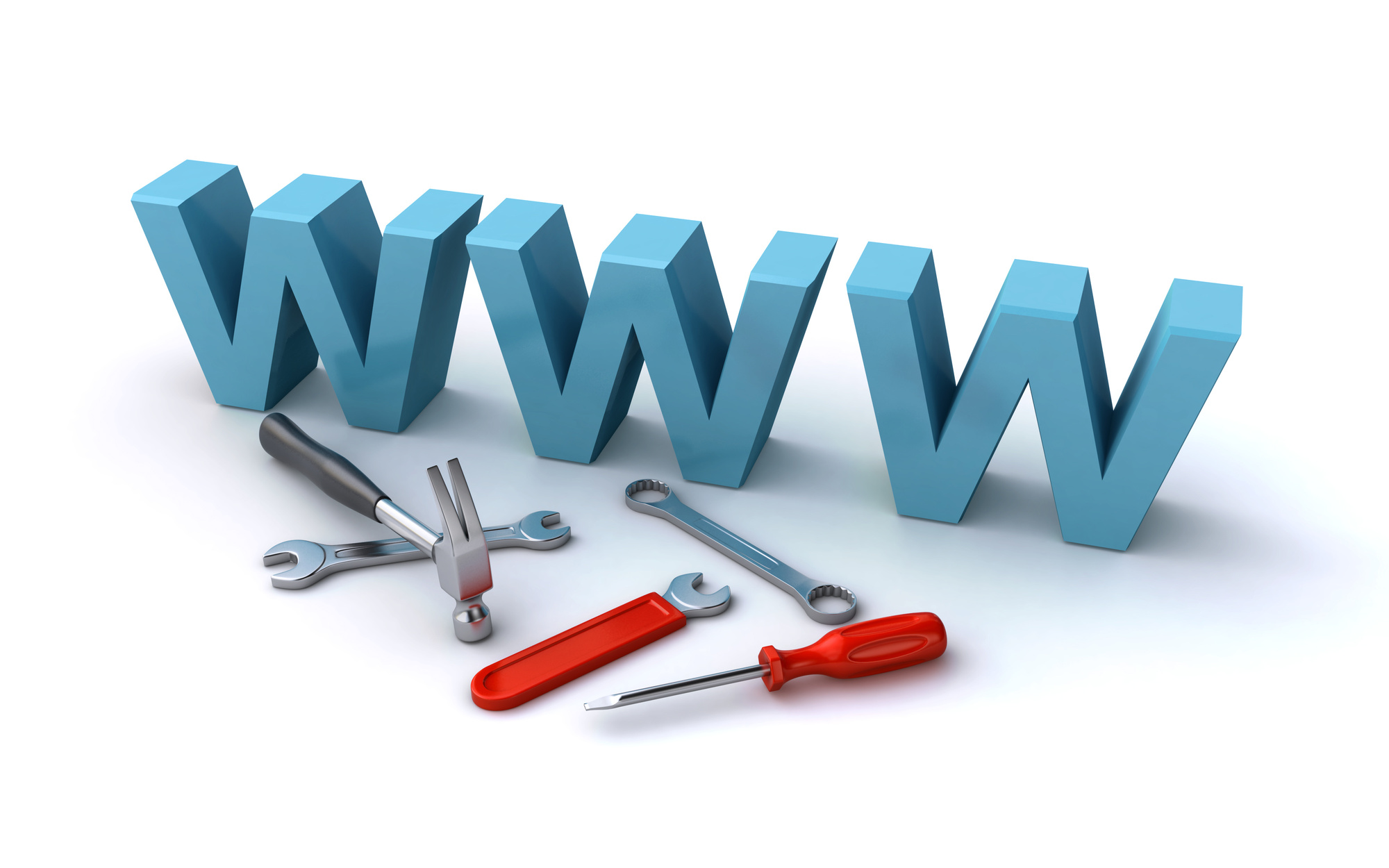Do you struggle to keep up with website maintenance?
WordPress sites make up almost 30% of all websites. Yet, about 40% of them are up to date.
That means that they’re exposed to hacking. About 78% of all hacked sites were WordPress sites, mostly because webmasters didn’t update plugins and the CMS.
That doesn’t mean that just WordPress sites are vulnerable. Sites run on Drupal, Joomla, and others are also hacked for this same reason.
This is the main reason why website maintenance is so important.
Keep reading to learn more about why maintaining your site is important to your business and the top tips to do it properly.
Why is Website Maintenance Important?
We already covered the security aspect of maintaining your website. That’s the most important, but not the only reason why you want to take care of your website.
Think of your website as a storefront. For many people, that’s the first impression they’ll get of your business. That impression doesn’t happen in seconds. It happens in milliseconds.
You need to give the right impression as soon as someone clicks on your site. The design needs to be fresh, the site needs to be fast, and you need to update your content. Even broken links could give the wrong impression.
Your customers are looking for up to date information. They don’t care about a weekly special from two years ago. They want the current offerings.
Keeping your website is also important for search engines. Search engines index your site according to the “if-modified-since” code in your site’s HTTP header.
Search engines will ignore your site if you haven’t modified it in a while. They will ignore your site and prioritize other sites, like your competitors.
Some hosting companies and tools will take care of some basic maintenance, but the vast majority of it is up to you.
Here’s how you can maintain your website.
1. Update Your Website Content
Search engines and users love updated websites. Even from a legal standpoint, your content can become stale and outdated.
Go through your site’s pages, and blog posts and see if there is any information that’s outdated. Your company may have has a change in personnel and you need to update the employee page. You need to update your privacy policy and terms and conditions, too.
You’ll also want to keep your blog looking fresh by removing any spam or affiliate marketing links in the comments.
That small action will preserve the integrity of your blog posts, so you can leave the right impression with users.
Be sure to check for any broken links and fix those as well. Fortunately, there are tools that can spot broken links without you having to scan every single page.
2. Check Your Website’s Speed
Your website’s performance is a crucial part of the user experience. Search engines know that and will reward sites that perform quickly with higher search rankings.
The place to start is to test your site’s speed. You can do that using Google’s Page Insights.
You’ll get a report with specific recommendations to improve your site.
You can also leverage these tips to boost your site’s performance, too.
3. Update Your CMS and Plugins
This is one important step that you can’t afford to overlook. Ignoring this step will make your site vulnerable to attacks.
It doesn’t matter what CMS you use. This applies to WordPress, Joomla, Magneto and Drupal users.
If you let your site go for a long time without updating it, you could break your site with a new update.
Be sure to delete themes and plugins you no longer use. They’re just taking up resources and hindering performance.
4. Backup Your Website Regularly
There would be nothing worse than to have your website crash and you lose everything.
That’s why it’s a good idea to back up your website on a regular basis. Take note that it’s not enough to just have the backup, you have to make sure that it works. This way, you can restore your site without too much hassle.
Not taking those steps can result in lost data.
If you use a WordPress site, plugins like Jetpack or UpdraftPlus will do the trick. If you don’t use WordPress, good old FTP will serve that purpose, too.
5. Check SEO Standings
While you’re taking care of website maintenance, it’s a great time to check your search engine rankings.
Not only that, but a couple of simple searches will let you know if your site’s been hacked.
Start by searching for your site on Google. Enter “site:yourdomain.com” and see how your site is indexed.
Take note of what pages the search engines indexed. Note if there have been any changes to your meta descriptions.
For instance, if your meta descriptions are suddenly about Cialis or Viagra, you’ve been hacked.
Next, search for keywords that you want to rank for. See where you rank relative to your competition. If you are having trouble getting to the top of search results, it may be time to outsource to a team of experts like LocalWeb.
6. Test Your Site
The last part of website maintenance is testing.
You want to be sure that your website looks great across devices and browsers. There are billions of devices in use, and countless combinations between the number of brands and browsers out there.
You can test for every possibility, but you can see how your site looks on several devices and browsers.
If you don’t have access to a ton of devices, you can use an online compatibility checker like Browsershots.org.
The alternative is to have friends and employees test your site and tell you if there’s something amiss.
Website Maintenance Done Easy
Website maintenance is easy when you have a regular schedule and a checklist of what you need to do. If you invest an hour or two each month, you’ll ensure that your website is running smoothly and efficiently.
You’ll keep your important data safe and secure and you’ll make the right first impression someone visits your site.
It doesn’t matter if you’re a small business or a giant corporation, you need to be protected.
Check out SiteUptime’s web monitoring service, which helps you make sure your site is up and running.




